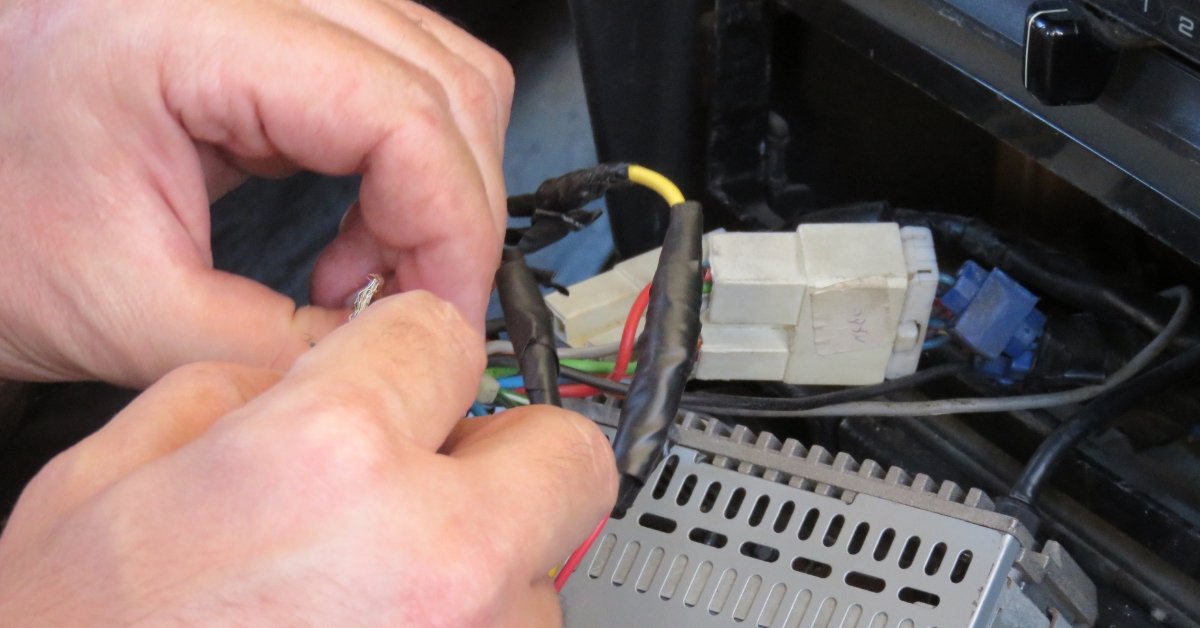Explore Tesla’s move towards affordable electric vehicles with the simplified Model 3 in Mexico. Is a $25,000 EV on the horizon?
Table of Contents
Tesla

Imagine this: You step into a Tesla dealership, and among the sleek, high-tech vehicles, you spot a noticeably different version of the Model 3—more straightforward, less flashy, and perhaps more affordable.
Could this be a sign of things to come?
Tesla’s recent move in Mexico might be the first step toward a future where electric vehicles (EVs) are within reach for more people.
A Simpler Tesla in Mexico: What is Different?
Recently, Tesla quietly introduced a more stripped-down version of its Model 3 in Mexico.
This version features ordinary cloth fabric instead of the luxurious vegan faux leather seats that have become standard in Tesla’s U.S. models.
The changes do not stop there—heated or cooled seats and the rear touchscreen for backseat climate control, critical features in the newly redesigned Model 3, are notably absent.
Despite these reductions in luxury, this rear-wheel-drive Model 3 still costs about $40,000, or 749,000 pesos.
At first glance, these changes seem minor. However, they could hint at something much bigger: a shift in Tesla’s strategy that might lead to a more affordable electric vehicle.
The Cost Conundrum: Why Are EVs Still So Expensive?
Let us get real—one of the biggest hurdles to widespread EV adoption in the U.S. is the cost.
While concerns like range anxiety are becoming less of an issue thanks to improved battery technology and an expanding network of chargers, the price of an electric vehicle remains a significant barrier for many potential buyers.
Even though the gap is closing, new EVs are generally more expensive than entry-level gas-powered cars.
Add today’s high interest rates to the mix, and EVs can seem out of reach for many people.
However, why are EVs so expensive?
The answer lies in a few key areas.
First, there is the cost of producing massive batteries to power cars.
Then, there is the need to retool entire assembly lines to accommodate an entirely different kind of vehicle production.
However, beyond these manufacturing challenges, there is another reason for the high price tag: how EVs have been positioned in the market.
When Tesla first burst onto the scene, it did not just sell electric cars—it sold the future.
EVs were marketed as tech-savvy, cutting-edge vehicles with touchscreens, LEDs, and sleek, futuristic designs.
This approach helped change the perception of electric cars from glorified golf carts to the high-performance vehicles of tomorrow.
This “luxury” positioning, even when the interiors were more minimalist than plush, allowed Tesla and other startups like Rivian and Lucid to sustain themselves by selling these pricey cars at a premium.
It also did not hurt that a high sticker price made absorbing the steep costs of battery production easier.
This strategy worked well during the first phase of the EV revolution, attracting early adopters and environmentally conscious drivers.
However, as we move into the next phase, the focus shifts to a different kind of consumer—the millions of everyday drivers making car-buying decisions based on practical factors like price.
Beyond Luxury: The Future of Affordable Electric Vehicles
As battery technology improves and manufacturing becomes more efficient, EV production costs will decrease.
This should make EVs more affordable. However, to truly make EVs accessible to the average consumer, automakers need to start selling them as just cars—good cars, but not necessarily luxury cars.
The concept has been introduced previously. Gasoline cars have long been sold with different “trim levels,” offering various package features at different price points.
For example, the base model of a Ford F-150 starts at around $37,000, but additional tech and performance packages can push that price well over $70,000.
While some buyers may find this system frustrating, it does offer flexibility.
You can opt for the more affordable base model if you do not need all the bells and whistles.
This approach is even more critical for EVs.
Today’s market consists of crossover EVs that pass themselves as luxurious to justify prices in the low $40,000s.
Even with more affordable options like the Chevy Equinox EV or the upcoming revival of the Chevy Bolt, the truly basic, no-frills EV is still a rarity.
However, an EV does not have to be flashy to be effective.
A simple electric car with plain cloth seats, physical buttons, and an analog speedometer can still do its job: reducing greenhouse gas emissions.
Stripping away some of the luxury might make EVs more appealing to a broader audience, especially those who grew up on straightforward, reliable transportation.
The Path to a $25,000 Tesla: Are We There Yet?
Tesla and other automakers like Ford have long teased the idea of a $25,000 EV.
If that vision is to become a reality, it will likely require some trade-offs.
Buyers might have to accept a smaller battery with a shorter range, fewer amenities, and less advanced technology.
However, in exchange, they would get something elusive until now: a truly affordable electric car.
This would be a welcome development for many consumers, especially those prioritizing practicality over luxury.
An essential, no-nonsense EV could be the key to mainstream electric vehicles, finally closing the price gap between gas-powered cars and their electric counterparts.
As Tesla’s subtle changes to the Model 3 in Mexico show, the Path to an affordable EV might not involve cutting corners but redefining what we consider essential in a car.
Moreover, that prospect is exciting for those who value simplicity and efficiency over luxury.
Conclusion: The Future of EVs is Simplicity and Affordability
As we watch these changes unfold, it is clear that the dream of an affordable electric vehicle is edging closer to reality.
Whether you are a fan of luxury or simplicity, the future of EVs promises something for everyone.
So, keep your eyes on the market—you might find that your next car is the perfect blend of affordability and sustainability.
The age of the $25,000 electric vehicle might be just around the corner, and with it, the widespread adoption of EVs could finally make electric cars a common sight on every road.


